Man is by far the greatest predator of pigeons. Yet they also have plenty of other predators too including Falcons, Sparrowhawks, Owls, Foxes, Ferrets, Snakes, Rats, Cats, Dogs and more.
Evidence of mans relationship with pigeons has been discovered as far back in history as 5,000 years and in diverse parts of the globe.
Pigeons have been used by man for their decorative purposes, their utility as messenger birds and as a food source.
Although their relationship with man has been constant, attitudes towards them have changed back and forth through time.
They are both prized and considered as pests.
Pigeons have been used as religious symbols, but also as sacrifices in religious ceremonies.
In Britain, archaeologists have found the remains of a dovecote that is believed to date back to the 12th century.
Back in those times pigeons were the reserve of the nobility and high born persons.
Pigeon meat was a delicacy only for the likes of lords and ladies. After the Norman Conquest, owning pigeons became a feudal right.
It is known that this same stratum of society also used pigeons as one of the food sources with which to feed their household servants.
By the 16th century these restrictions on ownership had become redundant and commercial farming of pigeons as a cheap source of food to feed the poor started.
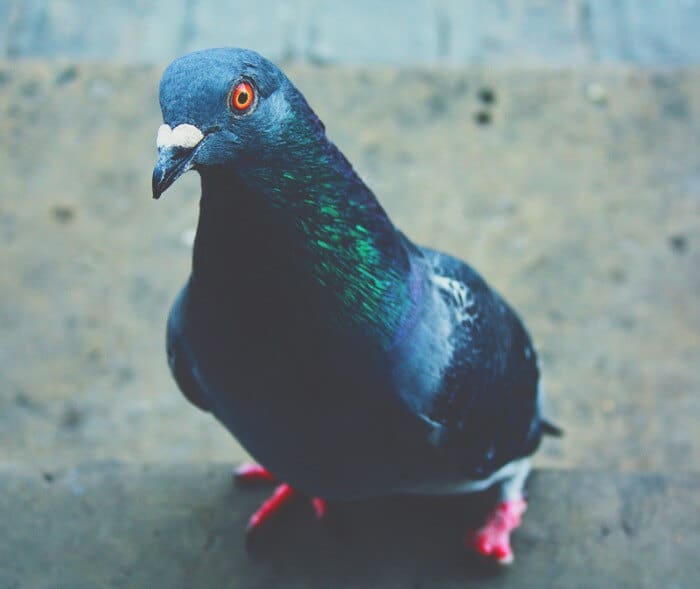
Pigeons went from a delicacy of the rich to a staple diet for the poor. The pigeon’s own fertility and fast breeding cycle had condemned it to this role.
During the early part of the 20th century, the American passenger pigeon was hunted to extinction because of its value as a food source.
Despite massive culling efforts all over the world for decades, the pigeon population continues to thrive and grow.
Humans may be the most devastating predator of pigeons, but they aren’t the only ones…
Common Pigeon Predators:
Pigeons have many predators in the natural world, here are some of the more common ones:
Falcons
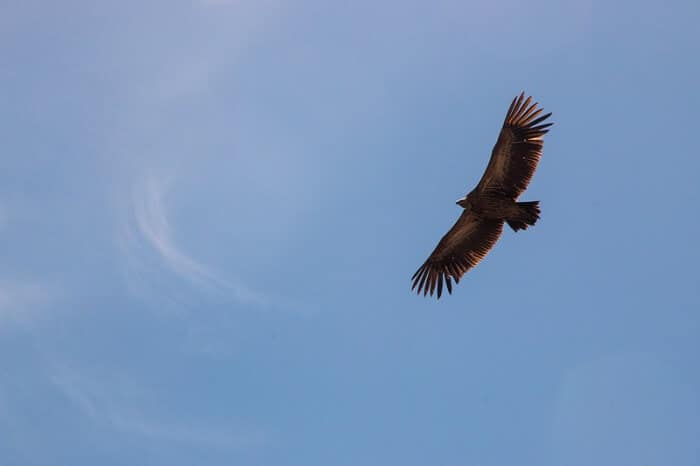
Falcons such as the Peregrine falcon and the common Kestrel are some of those species that have adapted to urban life. They have built their nests on high buildings in urban areas where they have an abundant food source by preying on feral pigeons.
Falcons will prey on smaller hawks and owls, but 80% of their diets in the inner cities consist of pigeons.
Dawn and dusk are their favourite hunting hours but will also hunt at night when pigeons are especially vulnerable because of their poor night vision.
Also, roosting in flocks make them an easy target.
Falcons usually kill or stun their prey with their clenched talons and then pluck it out of the air.
They will give chase to any prey which survives the initial attack.
In the UK, following a decline in the numbers due to the wide use of pesticides, the falcon population is now recovering and with large, readily available food sources such as pigeons, in both rural and urban areas, they have been taken off the endangered species list.
Sparrowhawks
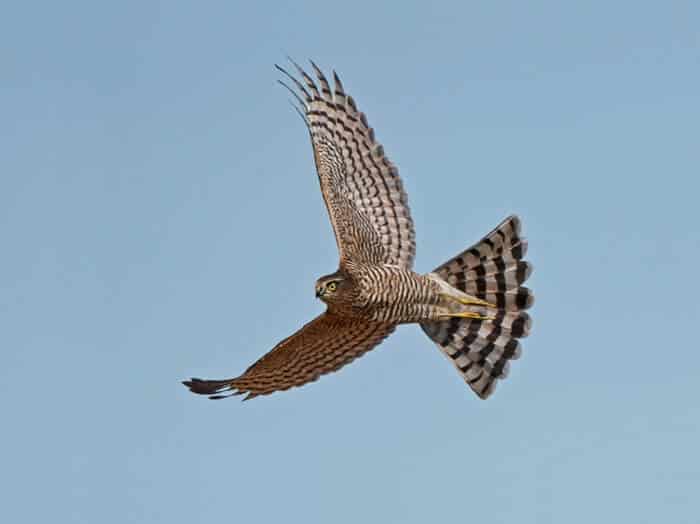
Sparrowhawks prey on other birds and it is estimated their prey includes around 120 other species, one of which is pigeons.
They attack from cover by ambush; that’s why they love woodland areas.
They will even use the cover of gardens in built-up areas or other kinds of cover in which to hunt from.
They are very versatile predators with at least 7 different methods of attack.
Despite only 10% of their attacks being successful, one sparrowhawk can account for around 110 pigeon kills per year.
Other hawk species will also see pigeons as prey.
Having discussed the falcons and hawks as the pigeon’s major predators, it should be noted that this natural instinct of the birds of prey is being used by humans for the purpose of pigeon control.
There are raptor-specific companies competing with regular pest control services in pigeon removal. Using raptors to catch pigeons is often marketed as “green” or “natural” and is also described as humane.
This is in fact, not credible. The raptor birds will catch and rip a pigeon to pieces to eat it in exactly the same way as wild raptors.
This practice has its roots in falconry which is deemed a blood sport.
There is a lot of negativity about using raptors to catch pigeons but in Britain, although not endorsed by DEFRA (who administer the Wildlife and Countryside Act) it is an accepted method of bird control around airports and air bases where the risk of bird strikes is high.
The mere presence of raptors switches in the pigeon’s natural instinct to flee to prevent them becoming prey.
This method has also been endorsed as a method to clearing pigeons and other flocks of birds (gulls) from landfill sites but the DEFRA stance is
“Although expensive and time consuming, falconry has the potential to remove hazardous birds from areas of land more quickly than can be achieved using conventional bird control methods, and they can also extend their influence into surrounding land where access may be restricted. However, other bird-scaring methods are often equally or more effective and economical”.
Owls
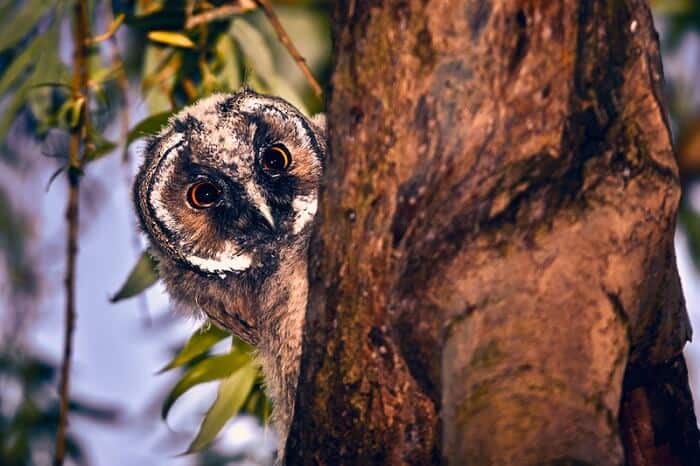
Owls are known to eat other birds.
Each of the different owl species has its known preferences, but the sheer abundance of feral pigeons suggests that pigeons are on the menu, but in more of an opportunistic nature.
It is said that crows, also rooks, and ravens, and seagulls will also attack and eat pigeons.
You can find videos of these attacks, but there is little evidence to suggest that it is natural or normal hunting behavior.
Foxes
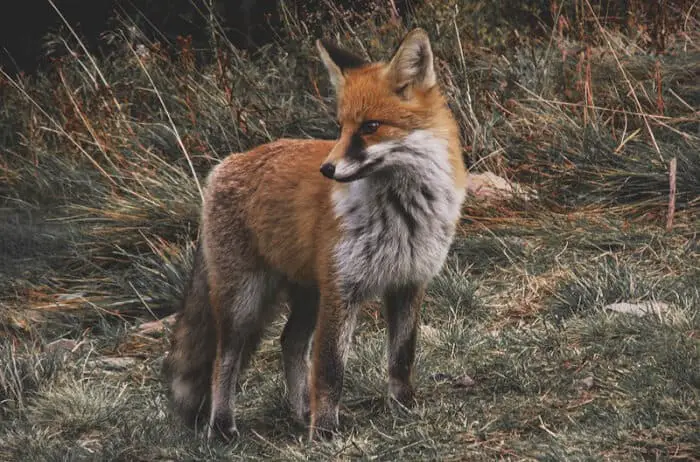
Foxes are omnivorous creatures, which means they will eat almost anything from fruit to carrion.
They also go after wildfowl. It is well known that they are partial to chickens, so entering a dovecote or pigeon loft is to be expected.
It is also more than likely that a fox would see a feral pigeon as prey, if it were feeding on the ground.
Over the years, foxes have made incursions into suburban and urban areas because of the readily available food sources.
Some have even set up dens in the inner cities, instead of just visiting.
With the sheer numbers of feral pigeons and the foxes’ propensity for eating anything, then obviously they can be counted as natural predators.
Ferrets
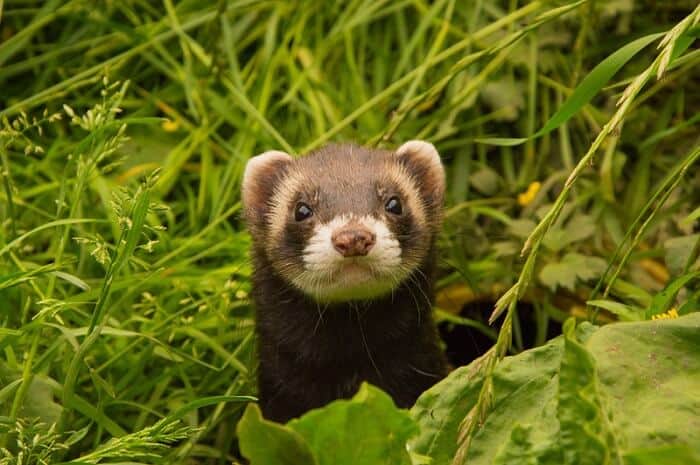
Ferrets will eat pigeons as they are meat eaters and have a preference for fowl. Pigeons are one of the recommended foods for ferret owners to give to their animals.
An odd fact about ferrets is that they can be trained to eat certain foods.
What you give them to eat as babies, which is within their first 6 months, will determine their adult eating habits. Ferrets ‘imprint’ the kind of food they receive in their memories.
So, if a captive ferret or feral one receives pigeon in its diet as a youngster, it will see pigeons as natural prey.
They will also eat pigeon’s eggs. As ferrets are nocturnal hunters, roosting pigeons will be seen as easy prey.
Snakes
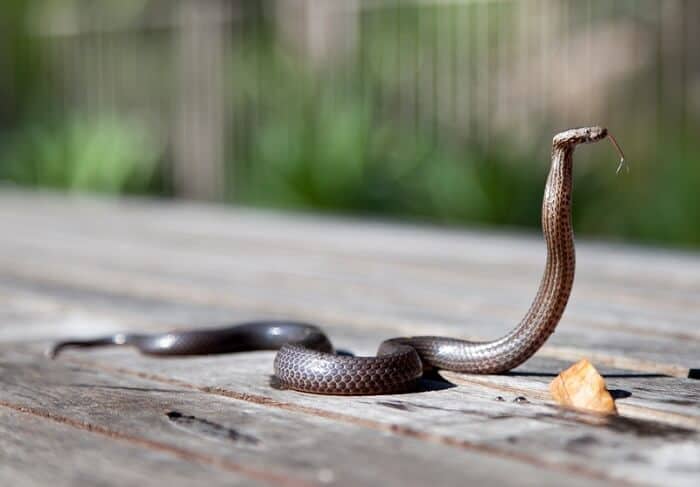
There are only 3 types of snakes in Britain and only one, the adder, would be a danger to pigeons – not to a full-grown bird, but to the pigeon’s eggs. Although they aren’t noted as climbers, they will enter bushes.
Pigeons that build their nests in bushes may be in danger of these snakes eating their eggs or fledglings if left unattended.
As British snakes hibernate during winter, they would only be a danger during the spring and summer months.
Rats
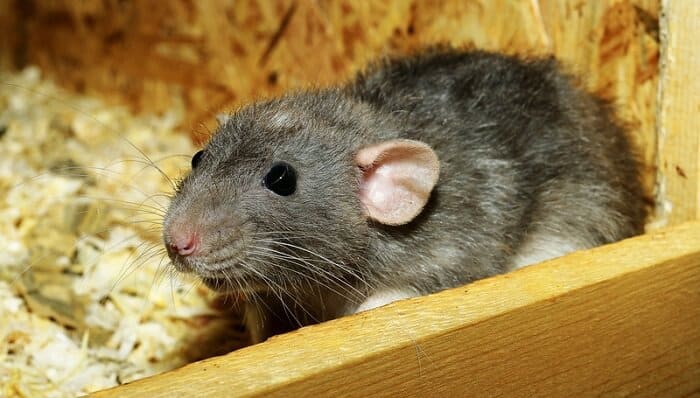
Rats will kill birds to eat and where there is an abundance of pigeons it is likely that they will see them as easy prey.
Although rats stick to the easiest food sources, a roosting pigeon may attract them.
Usually, if you see one rat that means that there are others close by. Rats can easily swarm pigeons in a loft or dovecote where they have no means of escape.
Woodland or feral pigeons are much harder to surprise. Their eggs and fledglings will be in the most danger.
Cats
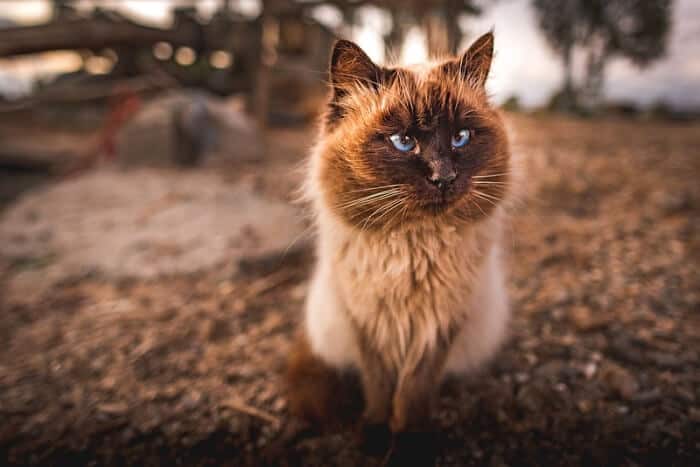
Cats are natural hunters and despite thousands of years of domestication they still retain their hunting instincts.
Feral cats will certainly see pigeons as their natural prey.
Household cats don’t need to hunt for their food, but the killer instinct hasn’t been bred out of them.
Domestic cat populations often have a detrimental impact on local wildlife. If you own a cat there are things that you can do to stop your cat from hunting, catching and killing birds.
Cats are superb climbers and jumpers, plus their stealth method of coming upon their prey puts them at the top of the prime predators of pigeons, whether in a rural or urban setting.
They have the ability to reach roosting or nesting birds wherever they are. As cats will prowl by day or by night, no pigeon is safe from them.
It can be imagined that due to the huge population of cats, both domesticated and feral, against the equally huge population of pigeons, that cats take a heavy toll of pigeon lives.
Domesticated cats will hunt for sport, not food, as it is a natural instinct for them.
Dogs

Dogs will chase anything, and pigeons are no exception.
Whether or not they can actually catch any is another matter.
Although pigeons and other birds aren’t natural prey for dogs, many different breeds of dog have been bred for hunting.
Again, this inclination to chase and hunt hasn’t been bred out of dogs. Some breeds have been bred to flush out or retrieve game birds such as pigeons and so the instinct is still retained.
Only pigeons on the ground need to fear dogs. For most dogs, movement triggers the chase instinct and nowadays in most breeds, it is more an invitation to play than hunting for prey to eat.
Conclusion
It can be said that pigeons have a great range of natural predators. The lives of pigeons are short and fraught with danger.
Despite that, because of their rapid breeding cycles, they are still thriving in untold numbers.
